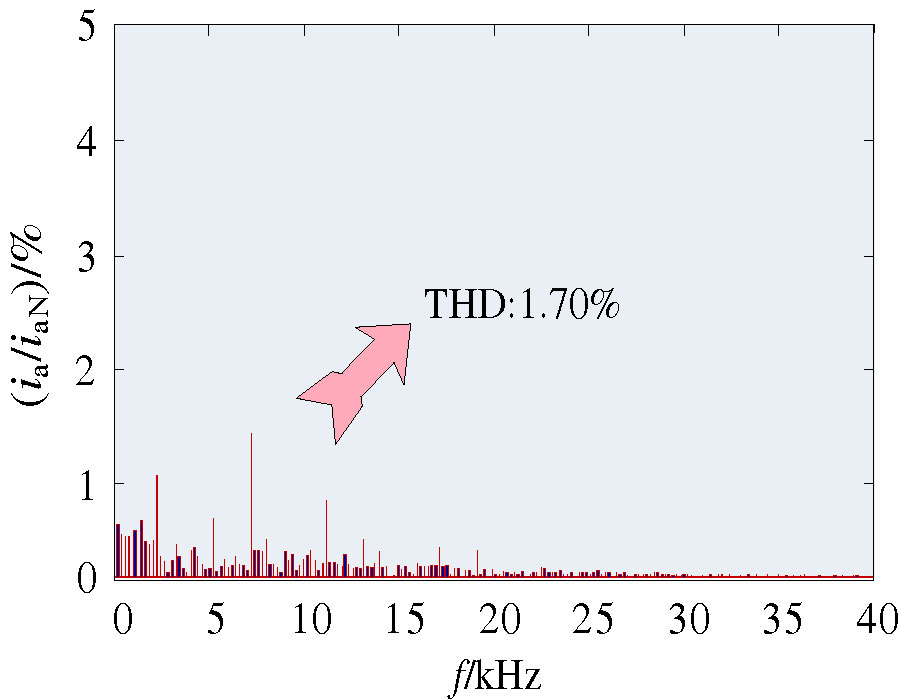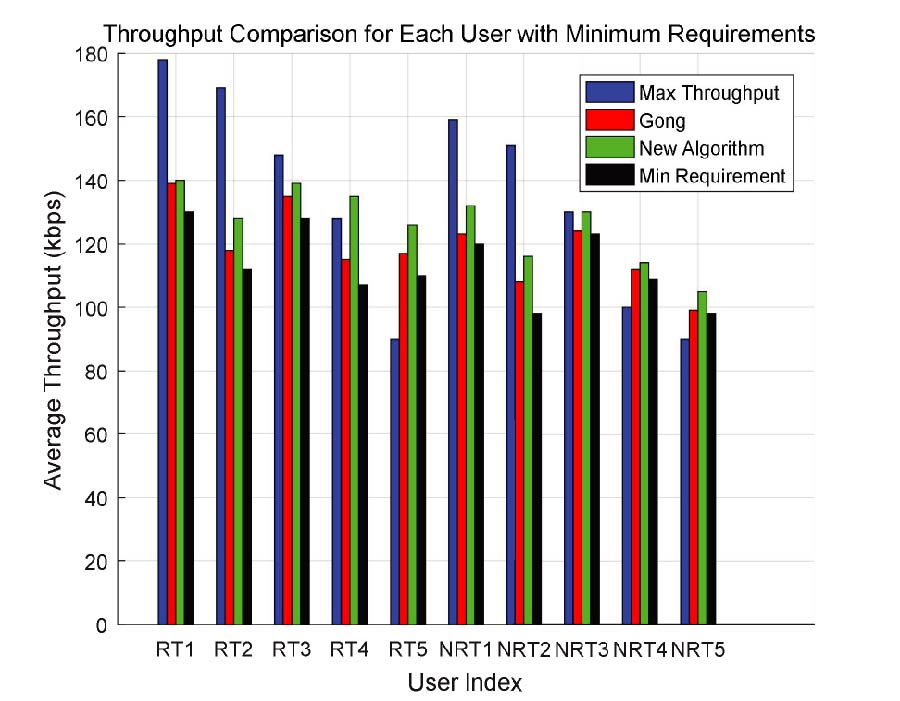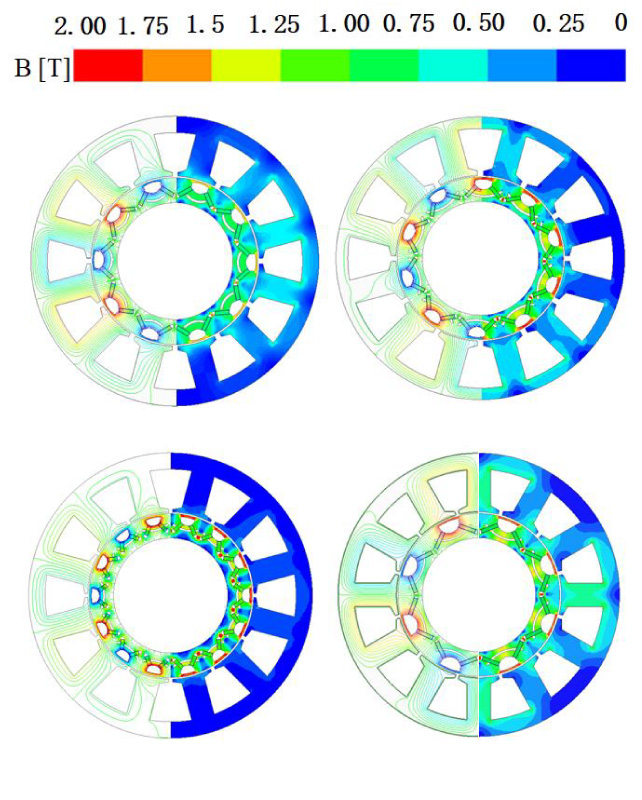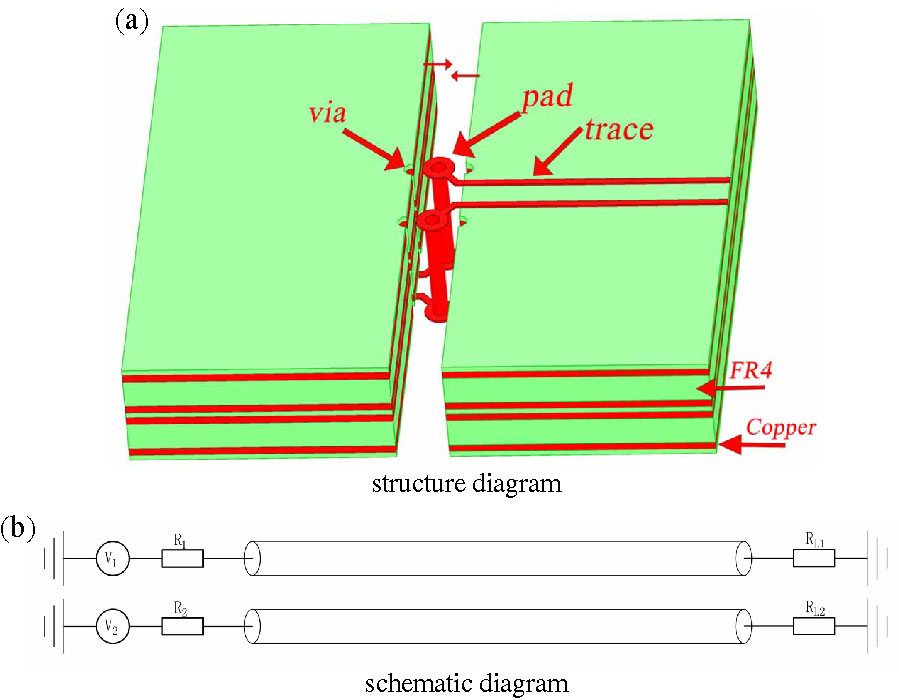Impact of Rainfall on 5G Millimeter Wave Channels
Lee Loo Chuan,
Mardeni Roslee,
Chilakala Sudhamani,
Sufian Mousa Ibrahim Mitani,
Athar Waseem,
Anwar Faizd Osman,
Fatimah Zaharah Ali and
Yasir Ullah
Wireless connections in 5G technology are driving the rapid growth of intelligent transport systems and vehicle communications. Wireless channels are impacted by weather, which is most noticeable in millimeter wave bands. This includes rain, fog, snow, sand, and dust. 5G networks now support diverse applications with speed and quality. In an effort to enable the use of millimeter wave frequencies, a recent study examined the impact of dust and sand on 5G channels. This paper examines the impact of heavy and frequent rainfall, along with horizontal polarization, on the propagation of millimeter waves in urban and highway settings. Using theoretical and optimization techniques, the effects of rainfall attenuation, path loss, and connection margin are evaluated at various millimeter wave frequencies. Dependencies on rainfall rate, path variation, and operating frequency are shown by the simulation results. In urban and highway situations, mean path loss and error statistics are examined with and without rainy attenuation. It is observed that the particle swarm optimization approach achieves 94% accuracy in signal propagation, which will enhance the path loss, received power and overall system performance.



















